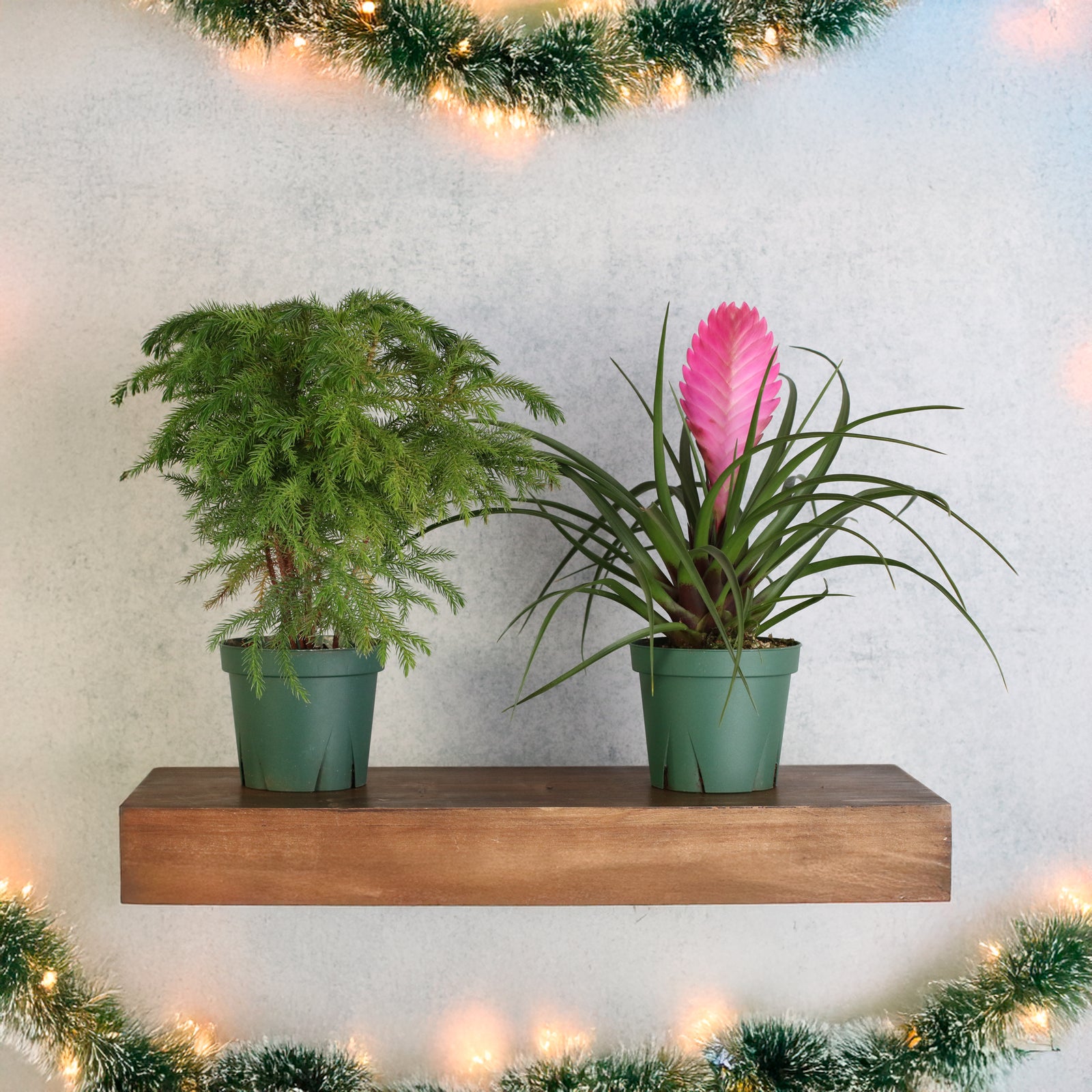Why You Need a Carnivorous Plant This Summer
The hot and long summer season can feel never-ending, and unfortunately, the mosquitos and flies love it. But there’s a natural solution to the pesky insects: carnivorous plants! These unique plants take care of the mosquitos, bugs, and insects that bother everyone, especially during the hot season.
Fascinating Carnivorous Plants
Carnivorous plants aren’t just cool bug-eaters—they teach us about survival and adaptation in nature. Found in bogs, swamps, forests, and rocky areas, these plants grow in nutrient-poor soils and rely on trapping and digesting insects to absorb nutrients. While they do consume animals, they still use photosynthesis to create energy.
What makes them even more interesting? Carnivorous plants play the role of consumers in their ecosystems, unlike most plants, which are producers. They lure their prey with sweet-smelling nectar and specialized traps—showing us the wonders of nature's design.
Common Types of Carnivorous Plants
Venus Fly Traps and Pitcher Plants are among the most popular carnivorous plants, and they each have unique ways of capturing prey:
- Venus Fly Trap: Known for its snap-trap mechanism, it closes its trap quickly when trigger hairs are touched by prey.
- Pitcher Plant: With its slippery tubular leaves, this plant attracts insects with nectar, causing them to slip into the plant’s trap, where they are digested.
These plants primarily feast on mosquitos, bugs, and even mini reptiles. You don’t need to feed them, just care for them properly.
Care Tips for Carnivorous Plants
To thrive, carnivorous plants prefer bright light, high humidity, and the right type of water. Follow these care tips for happy plants:
- Watering: Use only rainwater or distilled water. Keep their soil moist to wet during warmer months and reduce moisture in winter (but don’t let it dry out!).
- Misting: Mist your plant twice a day and water it properly once a day.
- Soil: Avoid regular garden soil. Use sphagnum moss or a mix of three parts peat moss to one part sand.
Some species need a cool dormancy period, but their temperature requirements vary.
Trapping Mechanisms: What We Sell at Verdant Lyfe
Carnivorous plants can be divided into five trap categories, but we’ll focus on the three main types available at Verdant Lyfe:
-
Pitfall Traps
Modified leaves create a “cup” filled with digestive enzymes. Pitcher plants, for example, lure prey with nectar, and the prey slips into the trap, where it’s digested. -
Flypaper Traps
These plants secrete sticky substances to trap insects. Butterworts and Sundews use this method, with Sundews having long, sticky tentacles that curl around prey. -
Snap Traps
Best known for Venus Fly Traps, these plants snap shut when prey touches the trigger hairs. The prey is digested over about ten days before the trap opens again.
Final Thoughts: How to Grow Carnivorous Plants
If you follow these tips, you can easily grow these fascinating plants at home:
- Keep the sphagnum moss wet.
- Use only rainwater or distilled water.
- Mist twice a day.
- Use a humidifier (optional but helpful).
- Provide bright light.
Treat yourself to a new “pet” plant by purchasing a carnivorous plant. If you’re in South Florida, visit our indoor nursery and greenhouse to see our collection in person!
To learn more, check out our Google reviews.

